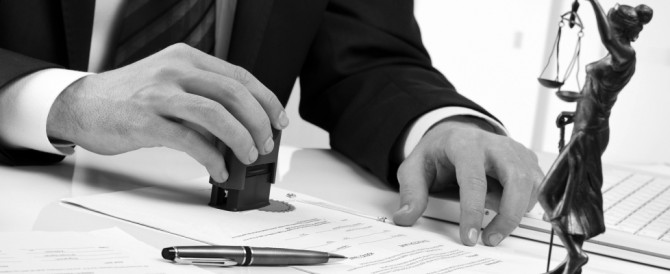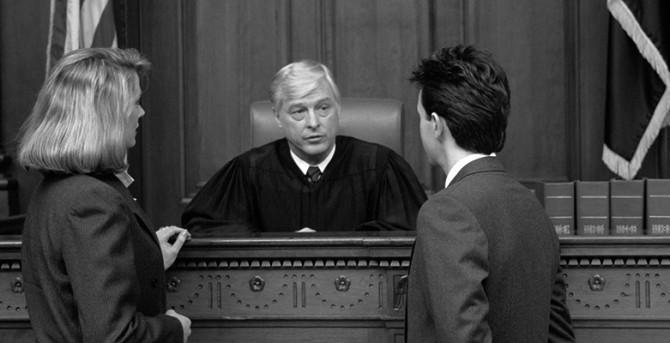Separation of Powers
Charles-Louis de Secondat, an eighteeth-century French Baron and philosopher, came up with the term “separation of powers.” His book on political theory titled, Spirit of the Laws was widely influential, even inspiring some of the United States Constitution. Separation of powers refers to how authority is spread out into three powers: executive, legislative, and judicial. True liberty, according to de Secondat, can only be achieved when all three powers operate independently of one another. That way, power is not concentrated in any one area. The United States system is based on this same idea of separation; government duties are divided into three branches, which operate separately from each other.
Legal Issues
In the United States, the legislative branch of government enacts laws. This branch is also responsible for acquiring the monetary funds required for the government to operate. The executive branch administers and implements public policies that have been enacted and funded by the legislative branch. Finally, the judicial branch is tasked with interpreting the Constitution and addressing the gray areas of the law. Among the fifty states, forty have adopted the same approach as the federal government, dividing the government into three branches. In both federal and state governments, persons who work under one category may not be tasked with another – for instance, Supreme Court justices, who work in the judicial branch of the federal government, may not serve simultaneously in Congress, which is part of the legislative branch of the federal government.

Organization
Legislative power is the sole responsibility of the United States Congress; the non-delegation doctrine asserts that this responsibility may not be passed to another body or organization. Executive power is given to the President of the United States, who is considered the Chief of State, the Commander-in-Chief of the military and navy, and the Guardian of the Economy, among other titles. The president is both a symbolic leader and the main spokesperson for the government, especially when it comes to foreign affairs. While the president does not enforce laws himself, he is responsible for ensuring that laws are enforced in general. He does not participate directly in Congress, but serves as lawmaking guide. Finally, judicial power in the United States is the responsibility of the Supreme Court and includes the power to resolve cases and rule on Constitutional debates and controversies.
Challenges
In theory, the goal of separation of powers is to ensure that no one faction of the government amasses too much control over the workings of the country. However, it is important to identify that this theory is not easily translated into practice. Even within the American government, absolute separation of powers is impossible, as is complete power given to one faction. In most governments, certain powers and duties overlap, either intentionally or non-intentionally, resulting in conflicts or disputes between government branches. The goal of separation of powers has also been criticized as inefficient; since no one body has absolute power, laws often require approval from all three branches of the government.
